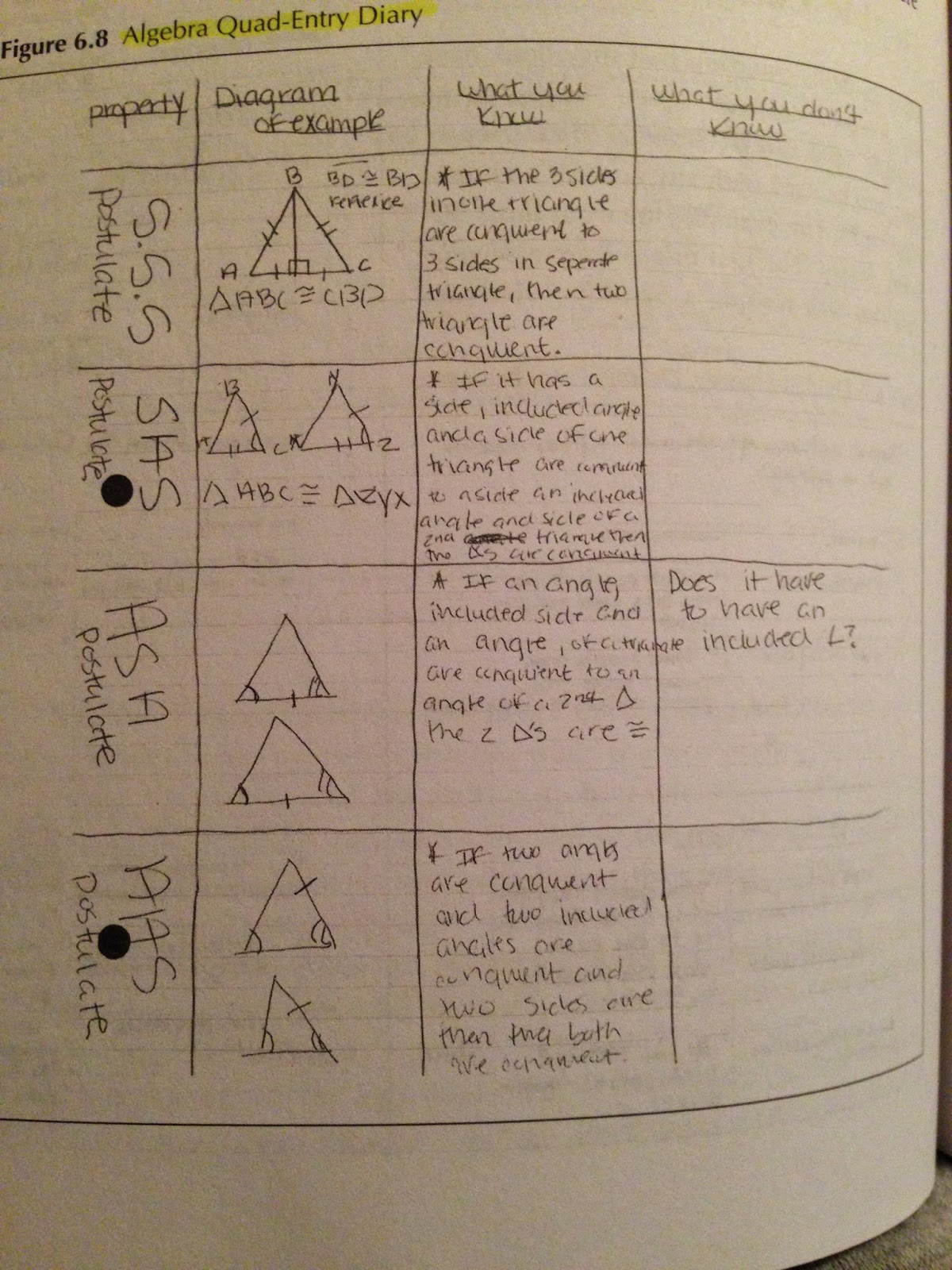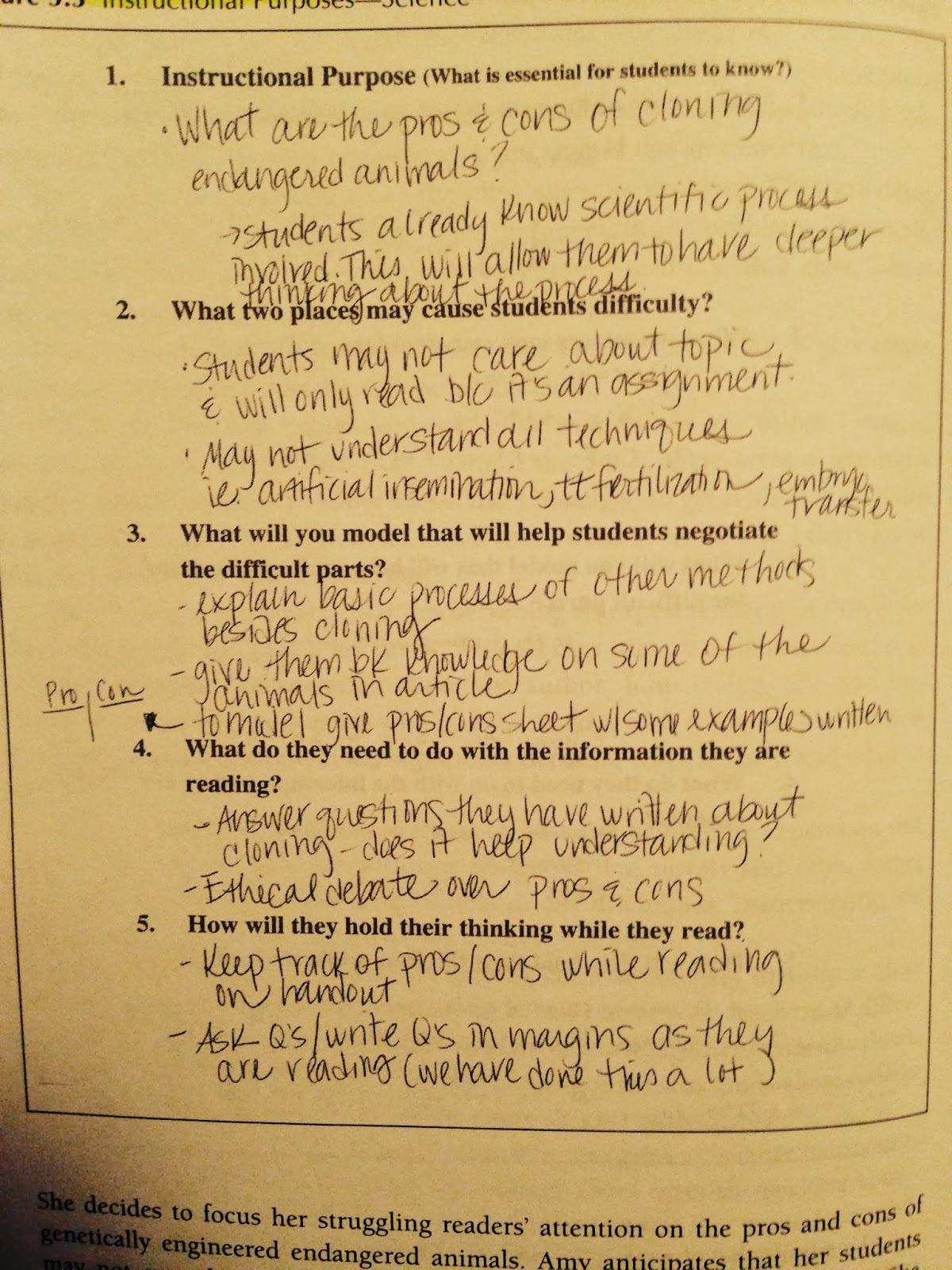This week, while reading Tovani's text "Do I Really Have to Teach Reading?" I was able to explore why marking text is so helpful and important that we teach our students to do so in the right way. She tells us to have a conversation with ourselves about something we have read. For example, if there was a quote in the book that I liked, I would highlight it. I then could ask myself questions in the margin. Some questions could be...what does this quote mean? What are some key words? What was the writer feeling when he/she wrote this. That way when I go back to look at it later, I have more than just a quote highlighted. If there is no space for my questions, that's when sticky notes come in handy. They're colorful and add more space for us to develop our own thoughts. After we've asked questions, we can also write our opinion. Then, Tovani says that we should communicate what we've found with a partner. I think this is beneficial to find out where we are at. I could say my views and my partner would critique me or state their opinion. That way, we can develop a dialogue about the text we've just read.
I noticed something else from Tovani's book that I thought I would definitely use. I've used them before in my course. They are called Double- Entry Diary. But this time there was something called QUAD-ENTRY DIARY! It was great! Tovani shows a great example of one used for algebra. It would be a great tool to review for a chapter test or even a final. The students were able to clear up misconceptions and see what they really knew or what they needed to review. Here is a picture below.
I hope to use something like this to help my students with an overall understanding.
I loved this section because I found two really great things to use. I wanted to finish by quoting a poster said she saw. The poster read, "Individually we are smart. Collectively, we are brilliant. I think this quote shows how important exchanging and dialoguing with each other can be. We can each learn something from someone else. I hope to print out this quote and use it in my classroom because I think as humans we are social beings. Working together we will develop better social skills and push each other to find a deeper understating of the text.
~The Teach Fairy







